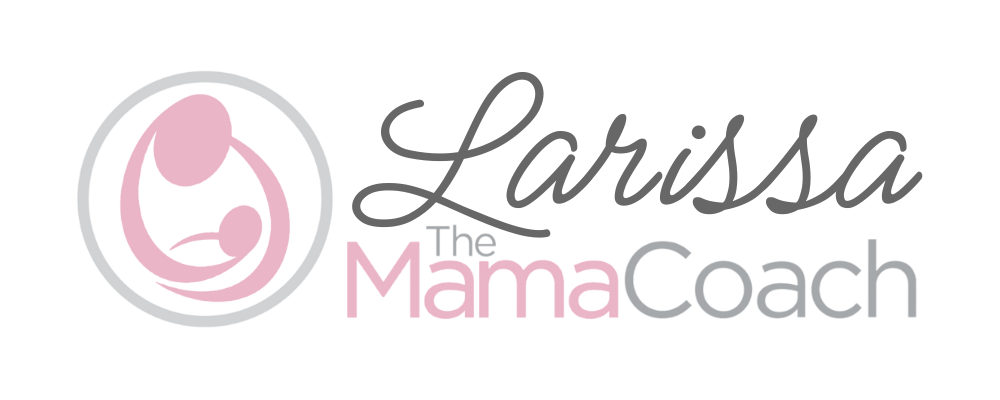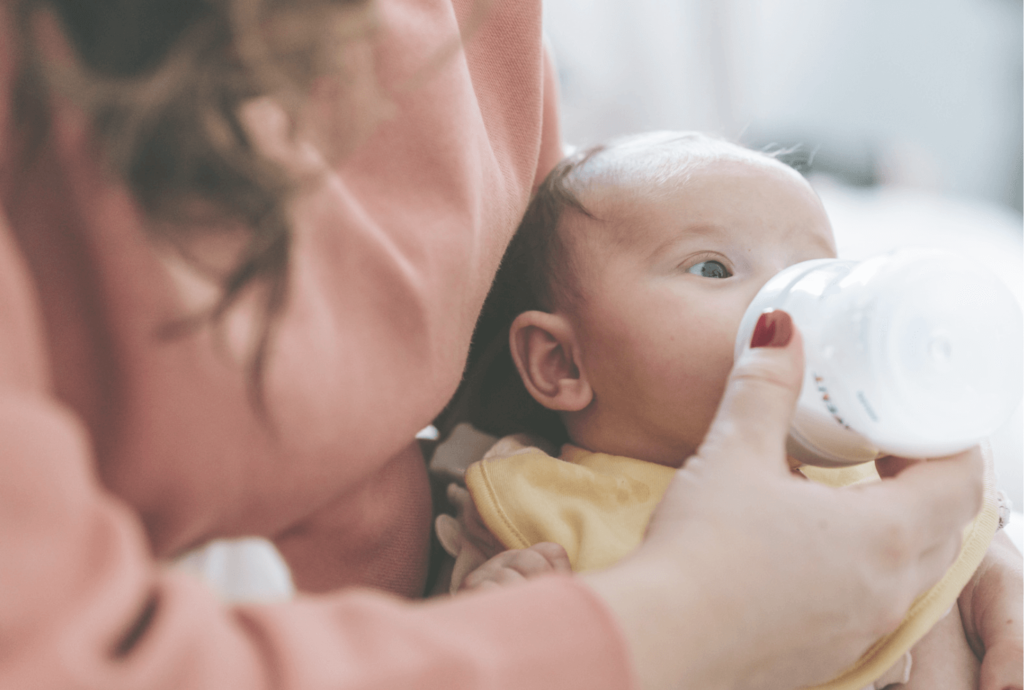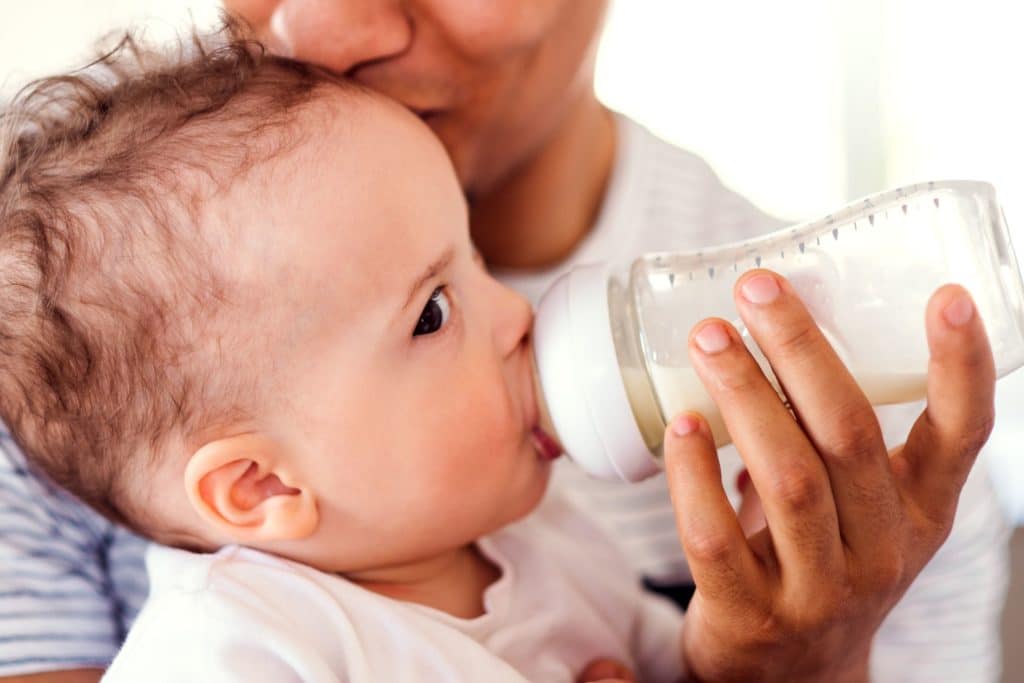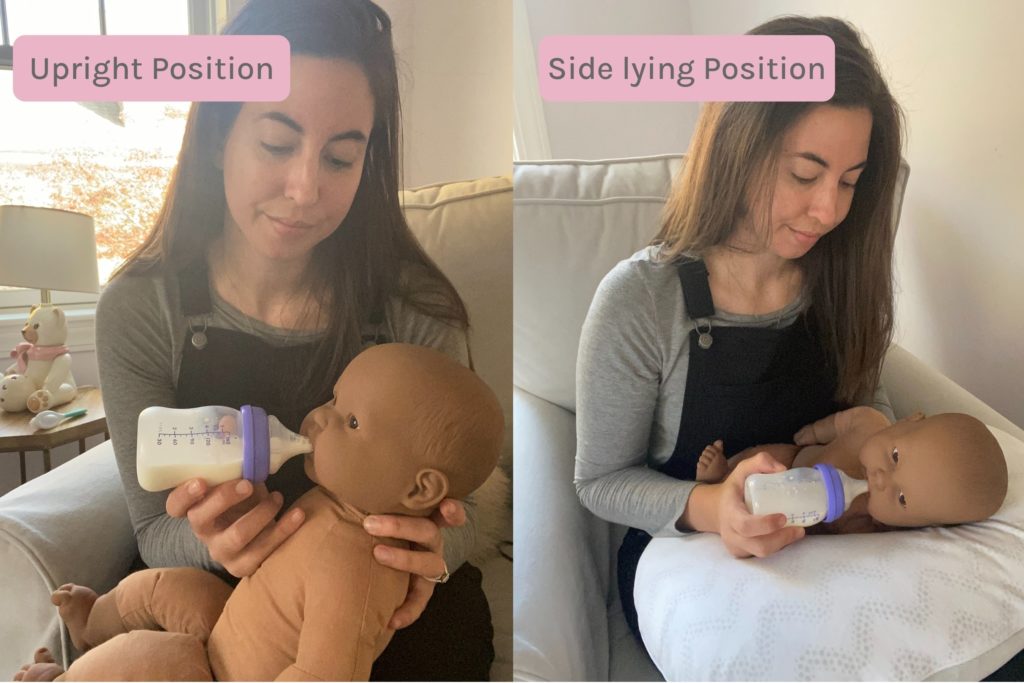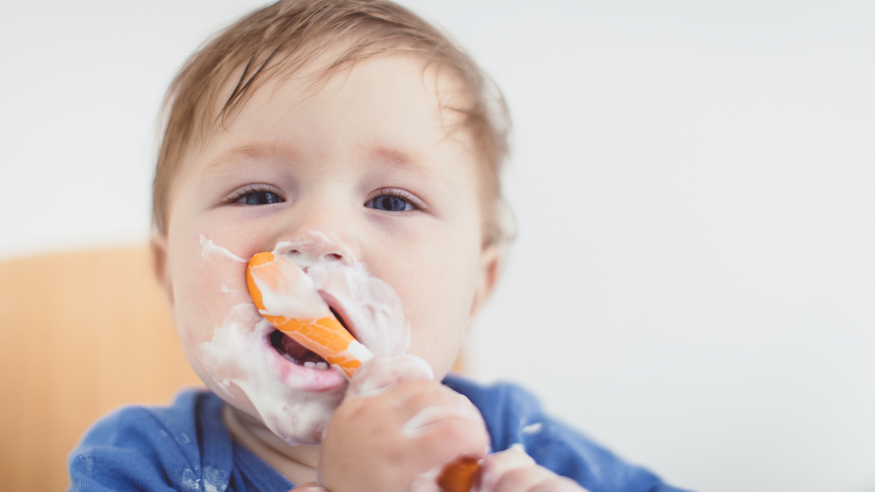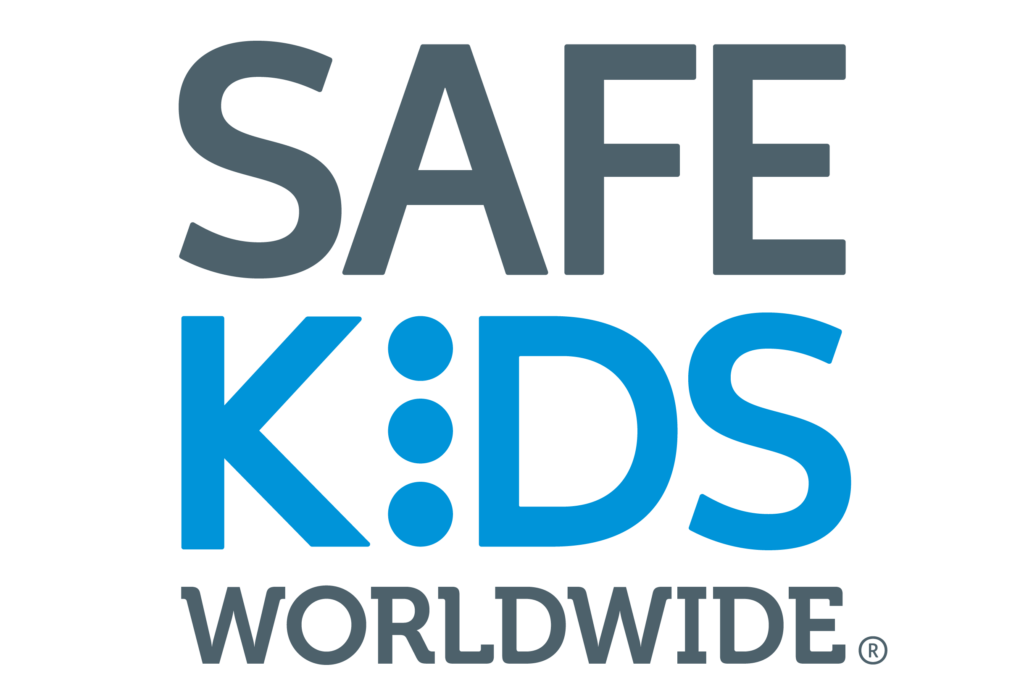There are many reasons a breastfed baby would drink from a bottle. Whether you want your baby to take the occasional bottle, you’re going back to work, or you need to supplement, you may be wondering: what is the best way to bottle feed a breastfed baby?
While nipple confusion has been debunked in the research, it is possible for a baby to prefer the flow of a bottle over the breast. To avoid this, we recommend paced feeding!
What is paced bottle feeding?
Paced bottle feeding allows a baby to more easily control their intake with a bottle like they do at the breast. For a baby who is also breastfeeding, this helps to prevent flow preference and encourages an easier transition between the breast and the bottle.
How to pace bottle feed:
- Choose a bottle with a slow-flow nipple.
- Place your baby in a position that allows for the bottle to remain parallel (horizontal) to the ground. This could either be in a semi-upright position, supporting their head and neck, or in a side-lying position (see photos below). Side-lying is a great position to use for a younger newborn that has minimal head control.
- When your baby shows hunger cues, touch their top lip with the end of the nipple to stimulate their mouth to open
- Wait for your baby to open wide and accept the nipple into their mouth. Avoid forcing the nipple into their mouth.
- Hold the bottle parallel (horizontally) to the floor.
- Tip the bottle just enough to fill the tip of the nipple with milk.
- Your baby should begin sucking. They should be latched deeply onto the bottle, with their mouth open wide around the base of the bottle. Let them suck for around 30 seconds.
- Take a break by lowering the bottle angle so there is no milk in the nipple. After a few seconds if your baby starts to suck on the nipple again, lift the bottle up so that milk fills the nipple. Continue to feed while offering frequent breaks.
- Switch “sides” mid-feeding: This is another clever way to mimic breastfeeding. This can help to maintain a baby’s willingness to feed on both sides at the breast and may be beneficial for eye and motor development.
- End the feed when your baby shows signs of being full: no longer sucking on the bottle when offered after a break, closing their mouth, or turning their head away
What about other caregivers?
Often, other caregivers like grandparents or daycare providers may be used to bottle feeding more “traditionally”, with a baby on their back, cradled in their arms, and the bottle tipped at a sharp angle. Discuss paced feeding with all caregivers so that everyone is on the same page. This is especially helpful if you find that your baby is drinking much more expressed breastmilk than you anticipated and you suspect your baby is being overfed. You can send caregivers educational resources (like this blog!), and demonstrate how you pace feed your baby at home. Explaining the benefits of paced feeding may also help them to understand its importance!
What about a baby that isn’t breastfed? Should they be pace fed?
There are still lots of benefits to paced feeding, for babies that are exclusively bottle fed. Paced feeding allows for responsive feeding, which means letting your baby dictate when they want more and when they’ve had enough. This will prevent feeding too much milk, which can lead to discomfort. It also promotes a positive relationship with food that your baby will continue to develop when they begin solids!
Paced feeding may also decrease the air your baby takes in during a feed. If a baby is gulping their milk from a bottle flow that is fast, they are likely taking big swallows of air with those gulps. Slowing the flow allows for a calmer feed, which may decrease spit-up and gassiness.
Looking for more information about bottle feeding a breastfed baby? Check out this Instagram post.
If you’re struggling with the transition from breast to bottle (or vice versa!) click here to book a Feeding Support Session with Larissa.
